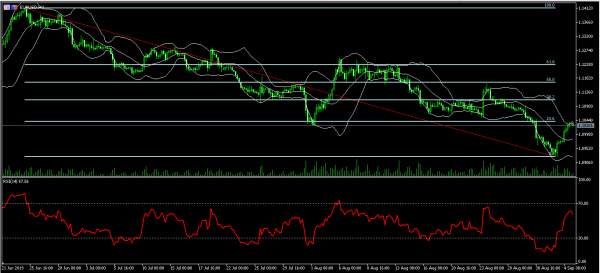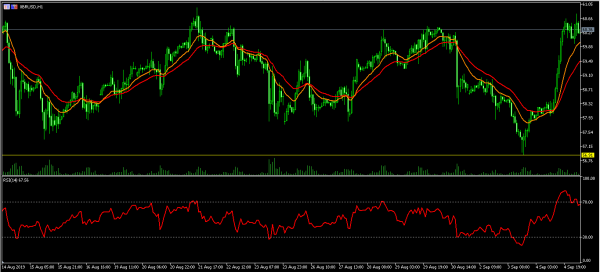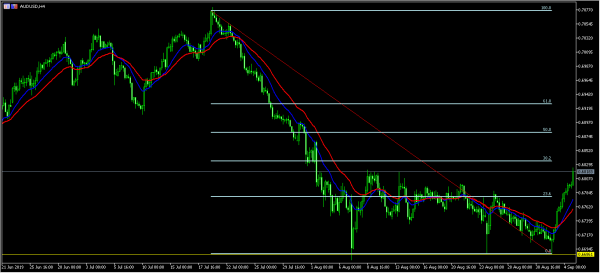European and American futures rose sharply after China and the US agreed to a fresh round of trade talks to be held in early October. Robert Lighthizer and Steve Mnuchin said they had talked with China’s Liu He and agreed to hold meetings on a ministerial level to deal with the crisis. Deputy-level meetings will take place to prepare for the main meeting. Last weekend, the trade war continued after the two countries added more tariffs. Donald Trump also publicly asked American companies to stop doing business with the Chinese. Still, investors are optimistic that these talks will lead to lasting reforms by both sides before irreparable damage happens.
Sterling rose as troubles continued for Boris Johnson. On Tuesday, Parliament voted to oppose a no-deal Brexit. This measure will force Johnson to seek a three-month extension from the European Union if he can’t get a deal by October 31st. 24-hours later, he tabled a bill calling for a general election, in a people versus Parliament vote. He expected the vote to hand him more power as he continued to negotiate with the European Union. Members of Parliament also rejected this because he needed two-thirds of MPs to secure an election. All this leaves the UK in a complicated position because the continued delay is not a good thing. Companies cannot make long-term investment decisions because they don’t know what will happen.
Later today, focus will be on the United States, where ADP is expected to release the nonfarm employment numbers. These numbers are expected to show that the economy added more than 148k jobs. This will be slightly lower than the previous month’s 156k. Meanwhile, the initial jobless claims are expected to remain unchanged at 215k while the continuing jobless claims are expected to decline to 1.685k. The nonfarm productivity for the second quarter is expected to be at 2.2%, which will be lower than the previous 3.5%. The ISM non-manufacturing PMI for August is expected to increase to 54.0 from the previous 53.7.
AUD/USD
It has been a good week for the Aussie. The AUD/USD pair continued the rally started on Monday after the US and China agreed to new talks. The pair reached a high of 0.6825 after reaching a low of 0.6687 on Friday. Friday’s low was a triple bottom as shown on the four-hour chart below. This price is above the 14-day and 28-day moving averages, which have made a bullish crossover. The price is also close to the 38.2% Fibonacci Retracement level. The pair will likely continue moving higher until it reaches the 38.2% Fibonacci. It could then move lower, to complete the second wave of the Elliot Wave.
EUR/USD
The EUR/USD pair eased slightly after the US and China agreed to fresh round of talks. The pair is now trading at 1.1026, which is slightly lower than the previous high of 1.1038. On the four-hour chart, the price is slightly below the 23.6% Fibonacci Retracement level. The price is also slightly below the upper line of the Bollinger Bands. The RSI has started easing slightly. The pair will likely resume the upward trend to test the 38.2% Fibonacci level of 1.1110.
XBR/USD
The XBR/USD pair rose after the US and China agreed to talks. It also rose after the API released inventories data for last week. The pair has risen from 56.91 to a high of 60.30. On the hourly chart, this price is above the 14-day and 28-day moving averages. The RSI has moved from the overbought level of 83.33 to the current level of 67. The pair will likely remain at these levels ahead of the EIA inventories data.














